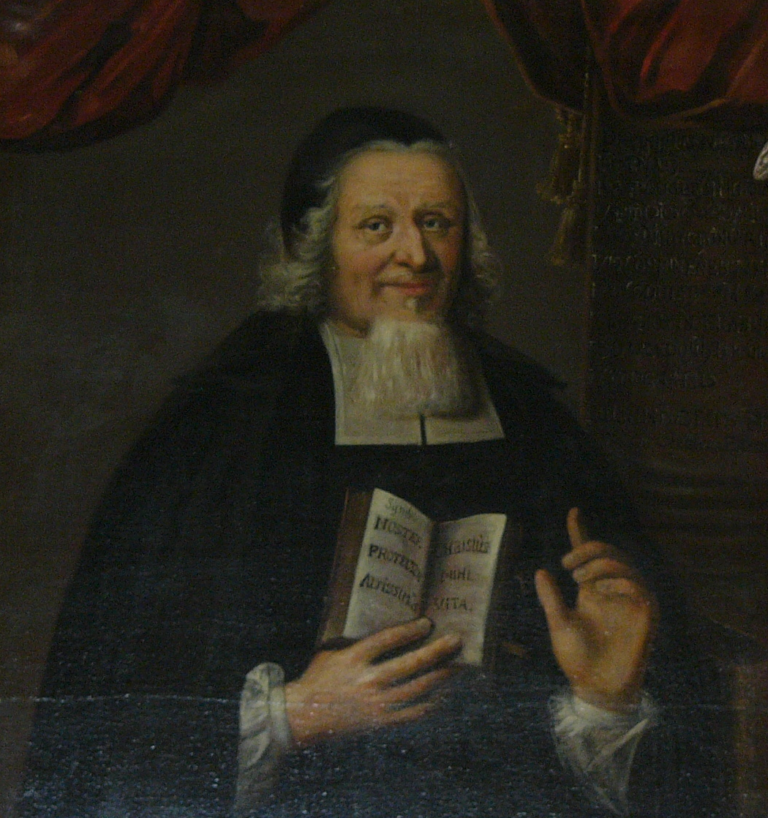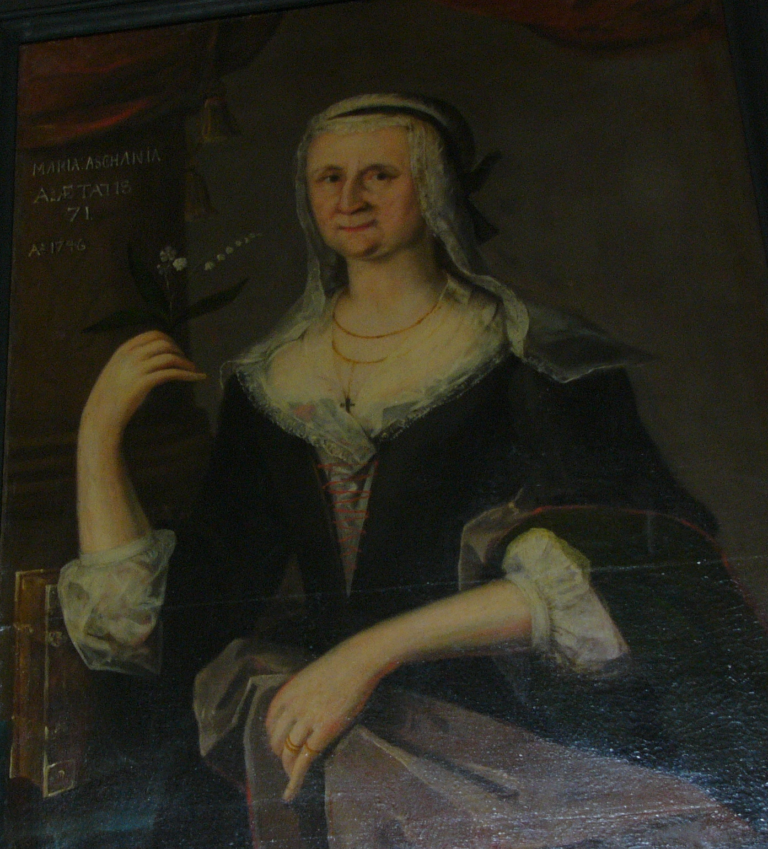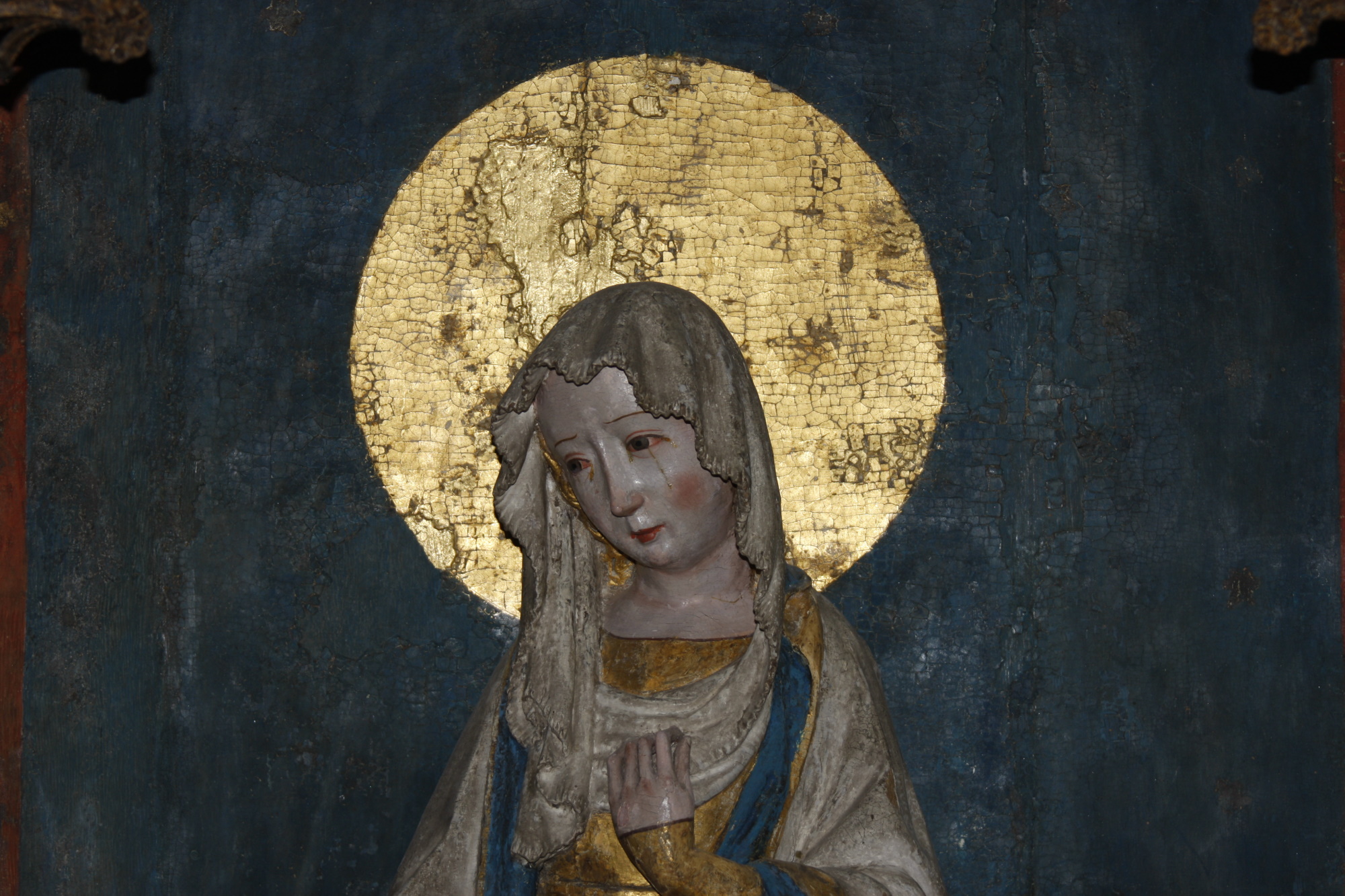People, life, and nature in Askeby has been depicted and described by both writers and artists. We plan to display pictures and literature with connection to life in the countryside. The committee welcomes any suggestions! We call for examples of pictures of the artist Ester Almqvist. She visited the parsonage several times during the beginning of the 20th century.


Porträtt av Maria Aurelius f. Aschanius (1675-1763). Målat av Stefan Ekeroth 1746
We begin by showing the portraits of the reverend couple Nils and Maria Aurelius, accomplished by the parish “court painter,” Stefan Ekeroth (1717–1798). Nils Aurelius followed the tradition of latinizing his surname by the place of birth. Örtomta became Aurelius. Nils Aurelius career makes a great example of a class turnover. His father, Per Jönsson, was a peasant in Holmen, Ullälva in Örtomta. After his studies in theology Nils married in 1710 into a priest family. His spouse Maria was a daughter to reverend Abraham Aschanius in Askeby, who left his service in 1715 in favour of his son-in-law. Maria is one of many examples where clergywomen more frequent than their husbands came from educated families. Thus, the clergywomen were of great importance for the Swedish cultural history, since it was essentially they who engaged in the continuity within the culture of parsonages.
The portraits of the reverend spouses Aurelius hangs in the sacristy in Askeby abbey church. They represent numerous portraits of reverend couples of that period of time. The husband’s official garment and his wife’s quiet clothing accompanied with a Bible or some other Scripture were to depict them as God-fearing, educated, and unaffected. The women were certainly not academically educated, but it had to be made apparent that they were able to read and write. After the reformation, priests were allowed, even advised, to get married. Clergywomen were not just wives and mothers, she should also care and comfort the congregation at all times of life. The reverend couple were like parents for their congregation. There is a great description of this in Andreas Lindblom’s childhood narrative, “Lille Jonathan”, taking place in Askeby during the end of the 19th century.
